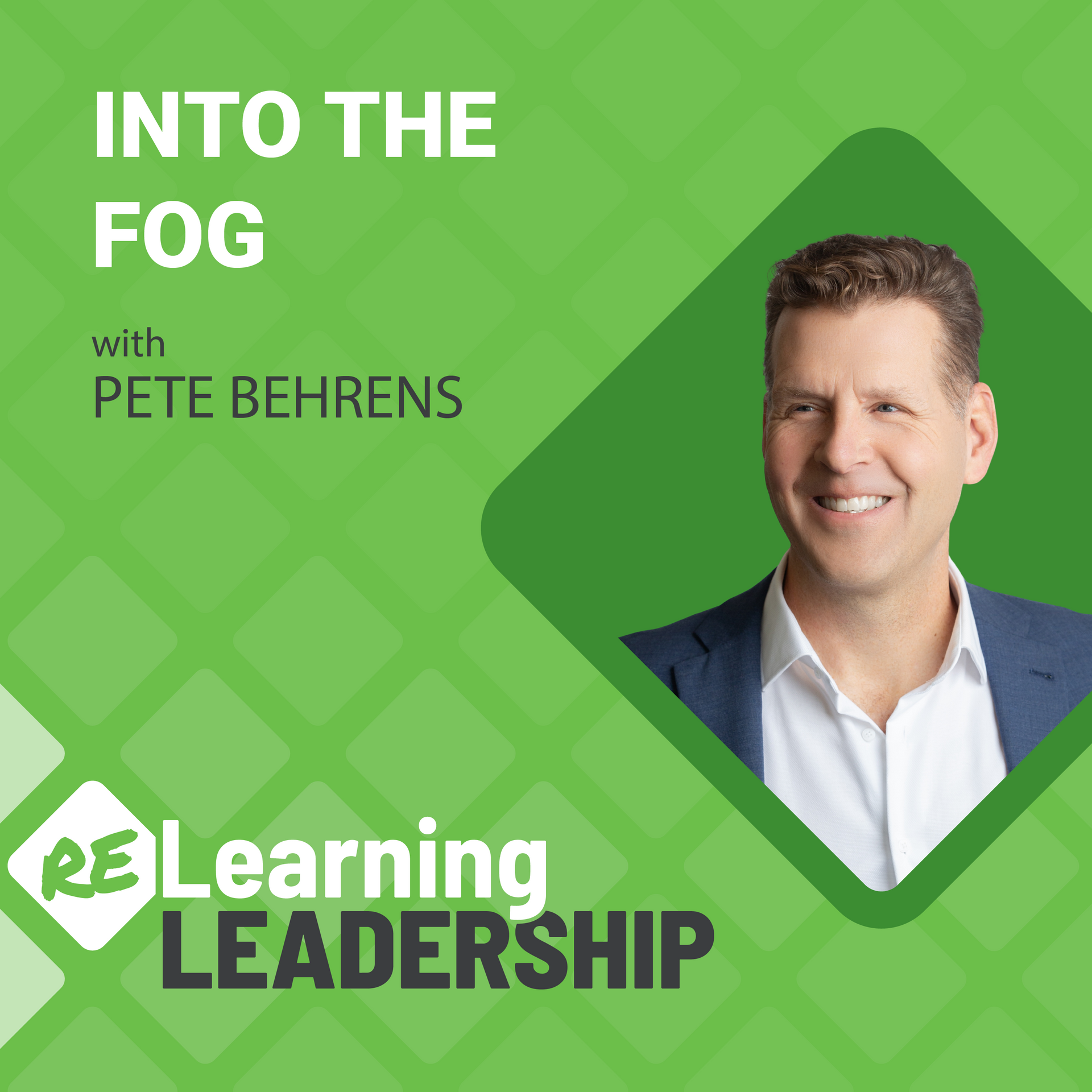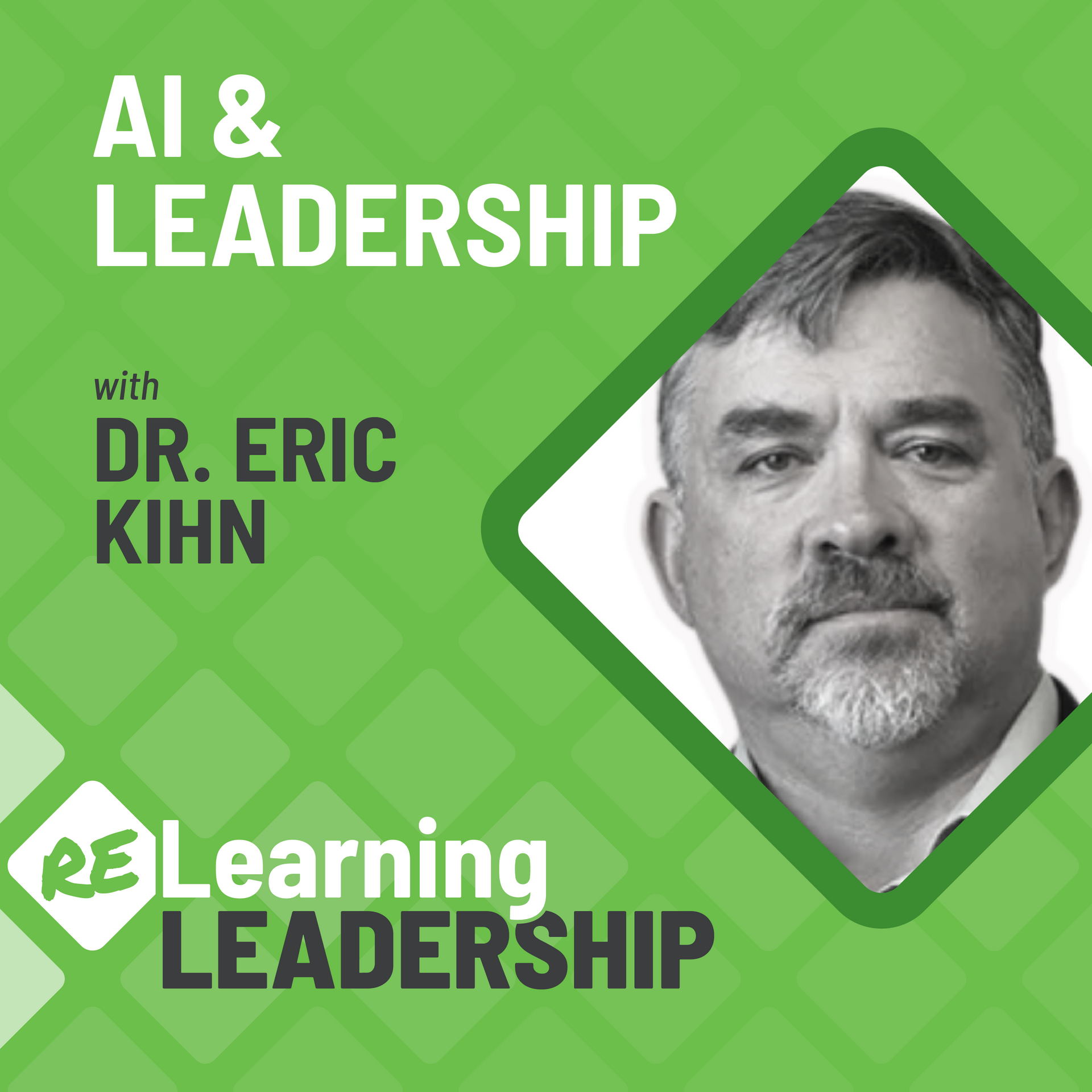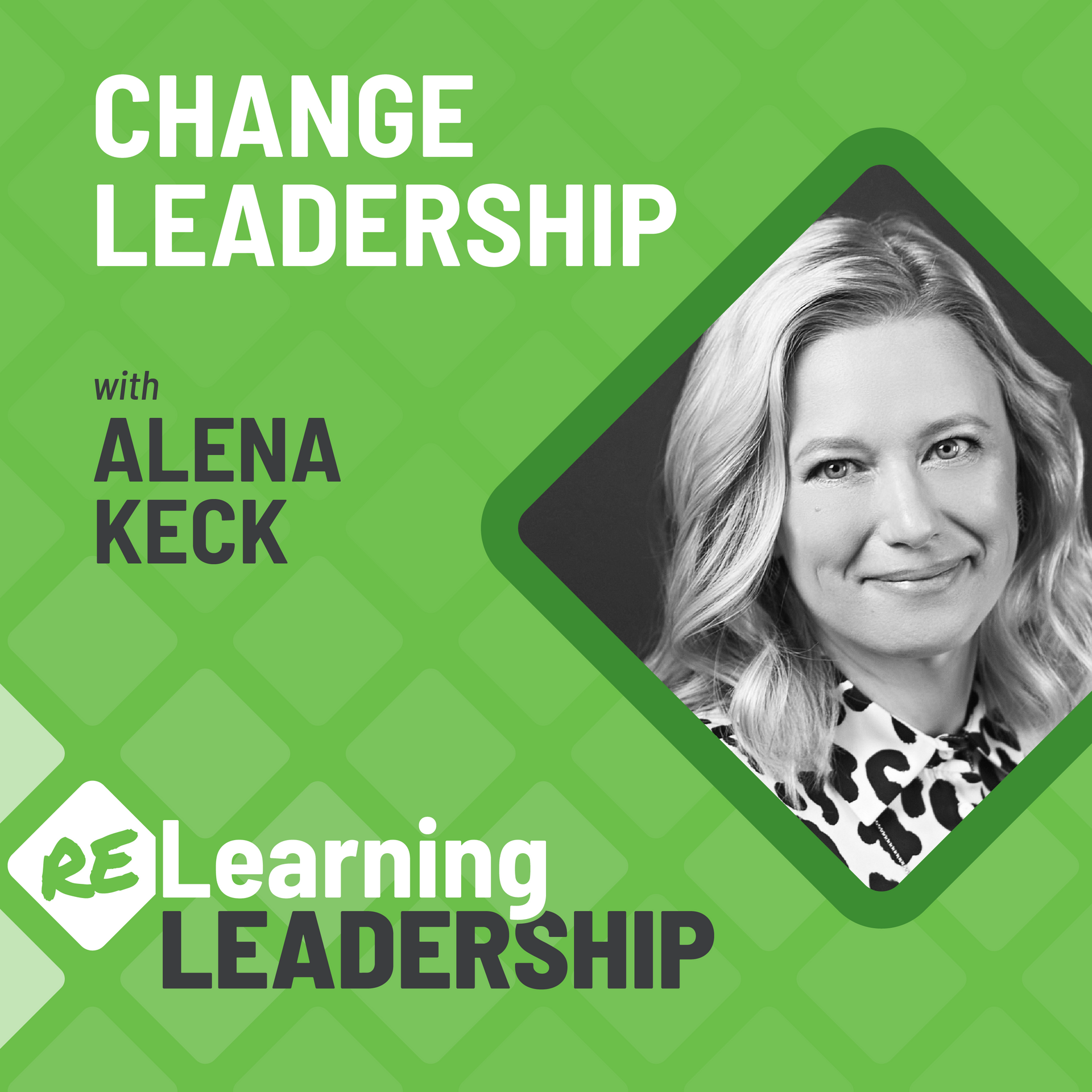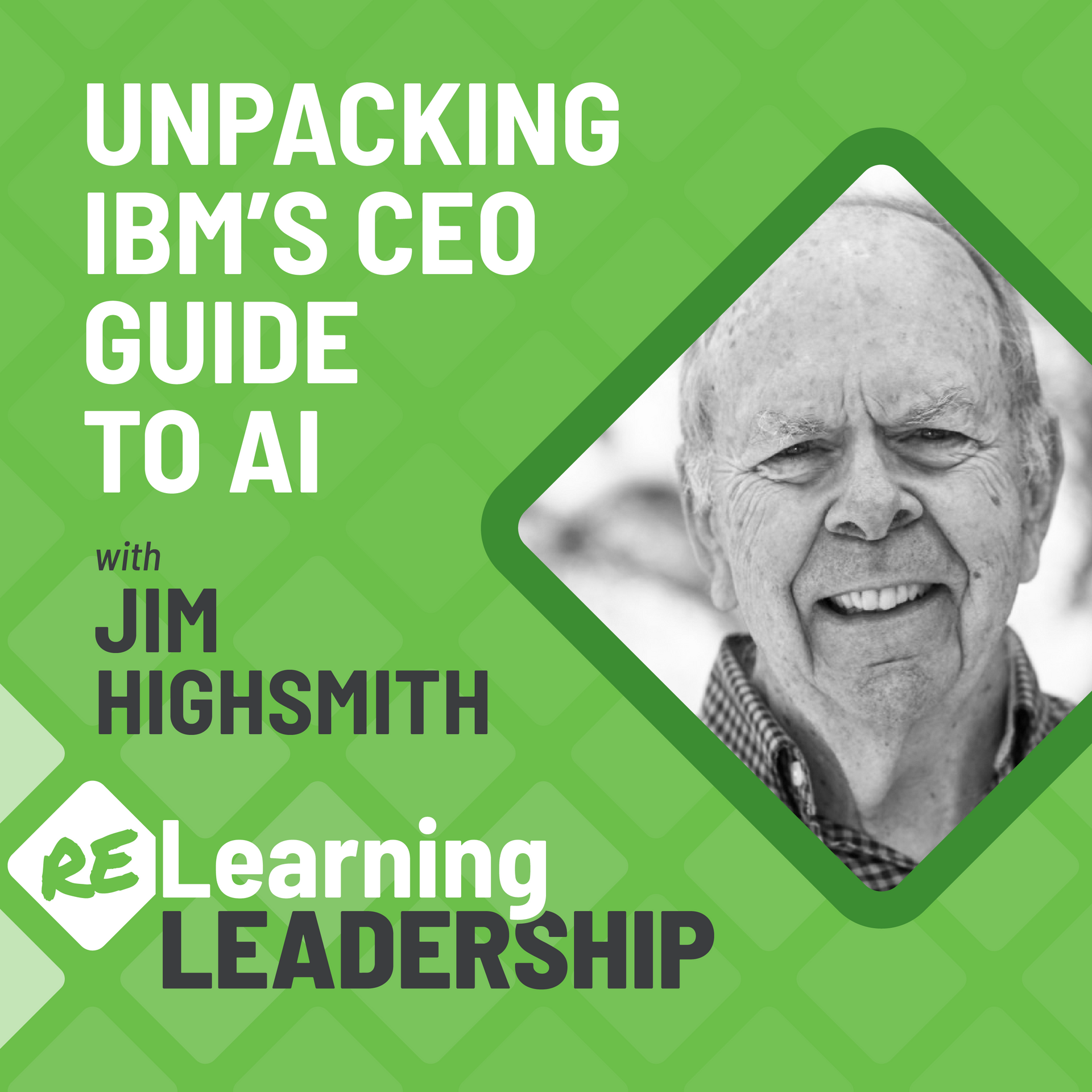13: Breaking the Cycle
Season One finale
Season One is coming to a close! 6 Months, 13 Episodes, and over 20 Guests and Experts sharing stories and insights, and thousands of listens have driven this podcast to the top 3%. Thank You!
Pete Behrens closes out season one with a personal message about the importance of cycles and how we all need to be more aware of and break cycles to improve health and performance.
Pete Behrens, Founder of the Agile Leadership Journey
Pete Behrens is a Leadership Coach and Founder of the Agile Leadership Journey, a community devoted to improving leaders and their organizations. As an engineer by profession, Pete now guides leaders to be more focused, responsive and resilient to change.
As a systemic coach and leader himself, Pete led the development of the Certified Enterprise Coaching (CEC) and Certified Agile Leadership (CAL) programs for the Scrum Alliance. Furthermore, he served on their Board of Directors from 2016-2018.
Pete Behrens is based in Boulder, Colorado, US where you might find him enjoying the mountains biking, hiking or golfing.
Connect with Pete
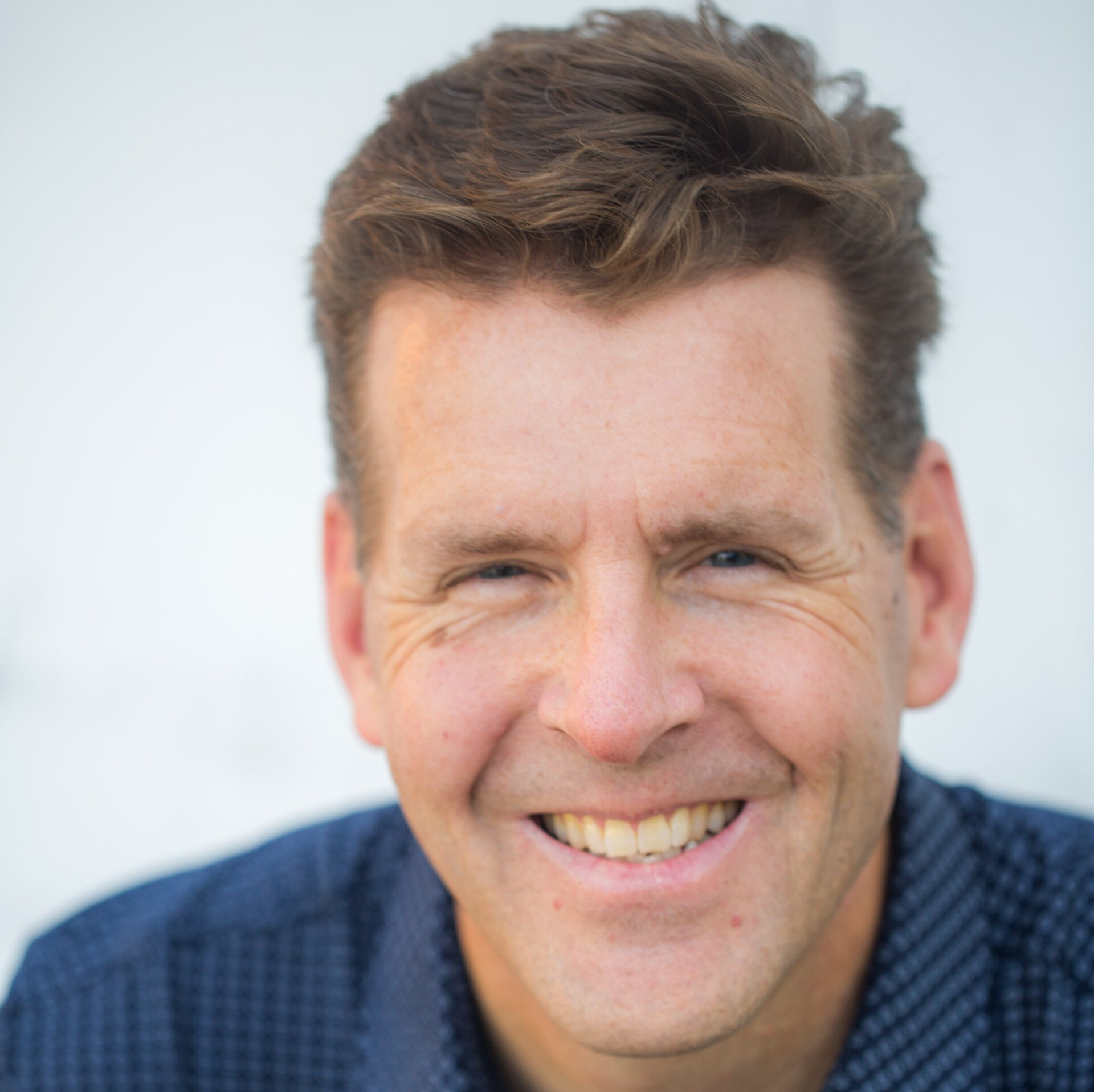
Relearning from Pete's story…
Cycles are critical to life and business. Leaders must be more aware and actively manage cycles in business and the life of their employees for increased health and performance.
Be more aware of cycles
Businesses have dozens of cycles operating at any one time. Yearly cycles for budgets and employee performance reviews. Project cycles for delivery. Seasonal cycles of business markets. Sales and Marketing cycles. And more. Recognizing these cycles and their impacts on the employees is critical to the role of the leader.
Cycles can be healthy and unhealthy
Many life and business cycles are quite healthy. Personal health and fitness cycles drive increased health and performance. Seasonal marketing and sales cycles create increased focus and clear goals to attain. Project cycles create reflection points to review progress and make critical decisions to continue funding and/or pivot direction. Agile daily, sprint and release cycles create space for reflection and pivoting.
However, unhealthy cycles are equally prevalent in life and work. Long work commute cycles and long work hours lower productivity and engagement. Project and budge cycles that compress time pressure and leave no room for reflection and pivoting. Yearly cycles that do not adapt to the more often changing environment. And even Agile cycles that have become the new work grind, one after the other, with no end in sight.
Break cycles for increased health and performance
As much as cycles are critical for life and business, breaking them is important for health and performance. Breaking a breathing cycle helps focus attention and create increased clarity. Break between exercises allows time for muscles to rebuild stronger. And breaking business cycles enables time for reflection, retrospection, renewal and refocus. It awakens the body (organization) and clarifies the mind (direction). Even healthy cycles need to be broken to avoid them becoming the next unhealthy cycle.
Leaders need to be aware of cycles and intentionally break cycles to shock the system for reflection, retrospection, renewal and refocus.
Episode Transcript
Pete Behrens:
Why should we be aware of cycles and seek to break them?
Welcome to another episode of Relearning Leadership, where we explore a specific leadership challenge and break it down to help improve your leadership, your organization… and even your personal life.
Today, we meet Pete Behrens, a Leadership Educator and Coach with Trail Ridge, Founder of the Agile Leadership Journey, and podcast host for Relearning Leadership.
Wait. What? That is correct. Today, I want to spend some one-on-one time with you.
OK, Ryan, cue the music.
Pete explores the tremendous power of cycles and why we must break them to improve our health and performance.
I’m Pete Behrens. Thanks for joining us today. Let’s dive in.
OK. Let me be brutally honest with you. This episode almost didn’t make it. My desire to break out of our Season 1 podcast cycle almost overpowered my ability to complete it.
Let me explain.
Our first season of Relearning Leadership is coming to an end. It has been a fascinating 6-month journey, including 13 episodes and over 20 leaders and expert guests sharing stories and insights.
We are incredibly proud to be in the top 3% of the global podcast market, with hundreds of followers and thousands of listens. This exceeded our expectation of the top 10% goal we set at the beginning of this year. Thank you for listening and being part of that success.
So, the inspiration for this episode came as I was thinking about “How do we close out this season?” A question emerged among our team: “Why do we even have a podcast season, and why does it need to end? Why not just keep releasing bi-weekly?” Good questions! But like any good teacher, rather than answer those questions directly, let’s dig a bit deeper. We need to first understand about cycles.
For me, the word cycle connects to “bicycle”, one of my favorite personal exercise and meditative activities. Simply put, a bicycle is a repetitive, circular, pedaling motion. Round and round. No start. No stop. Simple flow. Now, some people might find that a bit boring, especially considering some of my rides that I do last 2-4 hours long! But I find that highly meditative. Walking, running, swimming, rowing—many other physical activities are cycles as well. You may be doing a cycle right now—maybe washing laundry, or doing dishes, or walking the dog, or doing some yoga.
Nature is packed with cycles. Our living depends on our breathing and heartbeat cycles. Our world is governed by a day-and-night cycle, where our health is actually dependent upon a regular sleep cycle. Further, most of us witness a seasonal cycle of summer and winter, where plants and animals govern their growth, migration, and mating patterns.
The calendar year is probably one of the most influential cycles in our life and work. Our age and birthdays are significant milestones. Celebrating holidays. And, specifically, the New Year is often packed with reflections of the past year, predictions for the next year, and resolutions we make to ourselves to improve. Businesses shape entire operations on a calendar cycle. Budgets. Employee hiring and performance reviews. Product release cycles. Subscription cycles. Marketing and sales cycles are all governed by calendar cycles.
Thus, to put it bluntly, life depends on and is governed by cycles.
Now, when I was a kid, one of my favorite cycles was the school year. Growing up in the US in the 1970s and 80s, we had two semesters of school followed by a three-month summer break! Yay! Now that is a cycle I loved! How much we all looked forward to that summer break! School’s out! Time to sleep in. Relax. Play. Take a vacation.
Of course, the school cycle is left over from an older, seasonal farming cycle, where kids were needed to work in the fields. In fact, my father grew up on a farm in Iowa. He had much more responsibility than I ever did as a kid. At that time, school was considered a luxury not available to all of his siblings. In fact, my dad was fortunate to complete high school and go to college. Regardless, for me, from age 5 to about 22, my life was governed by the school cycle.
But then I went to work! Ugh. The dread of no summer break and only two or three weeks of vacation for the entire year. I determined then and there: the work cycle sucks! It’s like getting on my bicycle and pedaling round and round, but not being able to get off!
I recall the first few years in the workforce as an engineer. And as summer approached, I could feel my heart yearning for that summer break. (A little side note here: my coach, Sara, is helping me connect to these feelings, so it’s something I’m working on.) But I remember days sitting in the office, daydreaming of sleeping in, relaxing, playing around. Whatever summer felt like wasn’t work. In fact, I think back on some of those days and feel that while my body was at work, my mind was likely on break. It reminds me of that TV show The Office, where at some point, every workday is a break. And people break. It might be a lot of fun for a sitcom, but it’s also a bit dysfunctional in real life!
So, let’s pause here for a second. Cycles are critical to life and work. But as important as cycles are, breaking them is just as important.
Let’s go back to breathing. Close your eyes for a second (assuming you are not driving or cycling right now). Take a deep breath, hold it, and let it go slowly. Try it now. <sound of a breath>. You just broke a breathing cycle. It’s a simple way to remind ourselves of cycles and how we can intentionally break the cycle to create and increase clarity and focus.
Think about that. Cycles are necessary for life, like breathing, like your heartbeat. But breaking them is necessary for health and performance.
Aerobic exercise breaks up regular heartbeat to stretch your heart muscle, so you can get stronger. Lifting weights breaks down your body’s muscles, so they can rebuild stronger. Your physical health depends on breaking your body’s regular cycles. My biggest high comes just after my long bike rides—a few hours of cycling in a repetitive motion—when my body gets a chance to take a break and recover. Fasting and changing diet routines help break our eating cycles to cleanse our digestive systems and remind us of the pleasure and, sometimes, frustrations food can cause.
Living in the western US, forest fires are unfortunately a common occurrence. Historically, while these are catastrophic to a forest ecosystem, the fires break the cycle of the yearly forest growth, clearing the way for some rebirth and renewal of that land. This is a healthy cycle in small doses. However, with global warming escalating their frequency and intensity, this healthy cycle break has now, unfortunately, become an unhealthy cycle itself, with fires across our western slopes creating air quality and immense destruction of the earth’s resources. An unhealthy cycle.
Let’s reflect. Cycles can be healthy, cycles can be unhealthy. Breaking a cycle can also be healthy or unhealthy.
As leaders, we should be more aware of these cycles and recognize when the cycles are healthy or become unhealthy, and when it’s appropriate to break them. We need to intentionally break healthy business cycles in order to avoid them becoming unhealthy and create space for reflection, retrospection, and renewal for a new cycle.
Back when I started my own company, Trail Ridge, over 15 years ago, I became my own boss. At the outset, I didn’t have much choice of my business cycles except to follow the flow of work. As a consultant, you take the work whenever it comes your way. Thus, often we see consultants in these boom/bust cycles—saying yes too frequently to avoid the downside risk that work opportunities dry up. This is an unhealthy business cycle.
In my early days as a consultant, I witnessed colleagues burn up and dry out. They would put so much energy, 110% of themself, into their client. Dedicate and commit to the work they were doing. But there wasn’t much left for themselves. They didn’t have time to go to a conference and speak. They didn’t have time to network. They didn’t have time to market and sell their services. They were too busy in their delivery cycle. Their business was narrowly focused on a single activity, and then when that activity dried up, they were unprepared for the next client, leaving a long, stressful work gap with little pay.
So, when I started consulting, I was intent on building a healthier work cycle. My goal was to limit client work to 50% of my total time. That meant I had to price my services accordingly and I remember calculating formulas of what I would need to charge my clients in order to find the right work balance that also paid the bills. However, this also allowed me to take care of myself—to write, to plan, to network, to speak, to market, to sell, and make sure I had time to live life outside of work. While I wasn't always successful on this goal, the cycle formula worked for me and enabled what I believe is a healthier and more balanced consulting business.
In addition, I limited any single client to less than 50% of my consulting time, essentially, spreading my services more thinly across a handful of clients each year, rather than dedicating to a single client. In fact, I was asked by a few of my clients to become full-time. But my answer was always a quick “no”. In fact, I told them if I become full time, I lose my external perspective and no longer will be able to serve you with the independence and the external perspective I require to provide you the insights that you need.
These are consulting business cycles that have served me well through my career.
But I was discovering something else quite interesting. I began to notice a more subtle, seasonal work cycle in my clients. When I was an engineer employee, I never really was aware of the cycles outside of my direct project budget cycles and performance review cycles as an employee. Possibly, this was due to my limited view as an engineer; maybe I was just not aware as a younger employee. Or maybe my leaders didn’t make other cycles more explicit.
Now as that external consultant, I noticed there are seasonal breaks in business. In fact, many businesses subtly slow down in the summer. More people take family vacations in the summer. Kids are out of school, so parents take more time with them. In Europe, this effect is much more profound, given their more generous vacation policies. July and August in Europe is like hanging a virtual “gone fishing” sign out the front door: don’t expect to get too much done.
Maybe I should move to Europe!
In my first few years as a consultant, this low client engagement was quite stressful for me. I was very concerned about my next client contract. But over time, I began to relish the seasonal cycle. Slowing down in the summer meant my summer break is back! By not stressing during this summer break and intentionally spending that time “off”, allowed me time to reflect in retrospect and renew. It boosted my health and performance as a coach for the second half of the year.
I believe leaders need to be more intentional about breaking healthy cycles and creating new cycles. Even in business-as-usual work, creating more explicit start and end points enable time for reflection, tension release, planning, and pivoting. People need space to think differently.
Further, leaders should create more intentional seasonal schedules that respect some of these life cycles as well. Two companies I heard about recently do just that. My son works for Popsocket, here in Boulder, where they design and build those phone attachments. They reduce work hours in the summer, with ½ day Fridays. I was listening to another recent podcast with Jason Fried, the CEO of Base Camp, a tech company. He shared how they reduce work to 32 hours in the summer—4 days a week, 8 hours a day, no work on Fridays!
Agile has introduced many positive shifts in business cycles. Scrum deploys daily, bi-weekly, and quarterly cycles with explicit points for this reflection and retrospection. These have become very healthy rhythms in many tech-related businesses and now, I believe, are bleeding into other areas of business. However, like many good things, when these are taken too far, they can also become dysfunctional. That’s right. For some companies, these new, healthy cycles have turned stale and turned into an unhealthy business grind, one sprint after another, round after round, no end in sight. So, while each of these cycles in Agile has a healthy purpose and can have a positive impact, the way they get executed, if not provided the proper breaks, create a grind that can also become a dysfunctional death spiral.
Believe it or not, the first Scrum Sprint, described by Ken Schwaber, defines a one-month cycle with a few days in between for a breather. And that breather includes time to reflect, retrospect, renew, and plan for the next sprint. I believe he recognized that the intensity of a sprint requires a break to heal and prepare for the next one. However, 20 years later, with all of our Agile tools and automations and “efficiencies”, I think Agile ways of working have turned into the new hamster wheel!
What work cycles are you stuck in right now? What work cycles are working for you? If you don’t know, it might be time just to break your default cycle and take a step back to reflect. Take a breath.
About a year ago, when we started planning this podcast series, I brought up the question about our rhythm and cycles. How often should we release episodes? Should episodes be continuous or put into seasons? Many of my former consulting experiences awakened within me. “Find a sustainable pace and release in seasons,” was what my heart was saying. However, the advice I heard was quite different. The advice was saying, “Release weekly, continuously.” That didn’t sit well with me, and I wasn’t quite sure why, at the time, but it’s becoming more clear now.
While I was never clear how long our season would last when we started, or how many episodes we’d produce, I knew a seasonal release rhythm was needed for both my, and our team’s, health and performance. So here we are at the end of our season. 13 episodes, 6 months, over 20 leaders and experts sharing tremendous stories and insights. As a top 3% podcast, I am proud of what our team has accomplished. And next season we can dream even bigger. But now, we need time to rest, reflect, reconnect, and renew.
As a final note, remembering back to my school days, as much as I was excited about school being out for the summer, if I were honest, I was also excited to return to school the next year. Shopping for new school supplies. New classes and teachers to look forward to. Seeing friends I didn’t see over the summer. School sports starting back up. And much more. Breaking the cycle is as much about separating from the last cycle as it is about creating energy for the next cycle. Sleep rebuilds energy and focus for the next work day. Rest between exercise rebuilds muscles to be better prepared for the next exercise. And work breaks rebuild energy, focus, and productivity for the next work cycle.
It’s time for a break.
I’m not sure how long our break will be yet. At least a month, maybe two, for us to take a step back, breathe, rebuild our focus and energy. We already have a queue of fascinating guests that’s growing each week, and I am looking forward to bringing their stories forward for you.
I want to thank you for being witness to our first season. For listening, for sharing, for being open to relearning about your own leadership. I want to thank our guests who had the courage to be vulnerable and share their stories. And to the experts who were willing to both learn from those stories and share their own connections to them.
Thank you, Joy Zimmerman, for sharing your gift of music, which has introduced and closed each of these episodes.
Thank you to our Agile Leadership Journey community for being the ecosystem this podcast lives within and providing a framework for leaders to re-imagine, re-think, re-evaluate, and re-execute their approach in leadership.
Thank you to Ryan Dugan for meticulously scrutinizing every breath in editing an impeccable episode each couple of weeks.
And last, and certainly not least, thank you to my life and work partner, Jana, for being my rock and challenging me to be a better human, father, spouse, and leader.
Thank you.
Relearning Leadership is the official podcast of the Agile Leadership Journey. It’s hosted by me, Pete Behrens, with analysis from our global Guide community. It’s produced by Ryan Dugan. With music by Joy Zimmerman. If you loved listening to this podcast, please leave us a review. And visit our website, relearningleadership.show, for guest profiles, episode references, transcripts and comments, and more. And to (re)learn more about your own leadership, visit us at agileleadershipjourney.com.
Explore:
Recent Episodes

